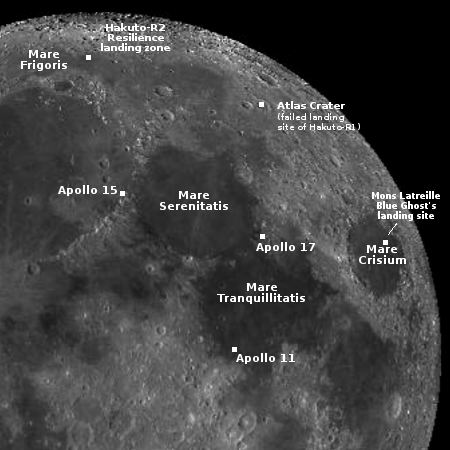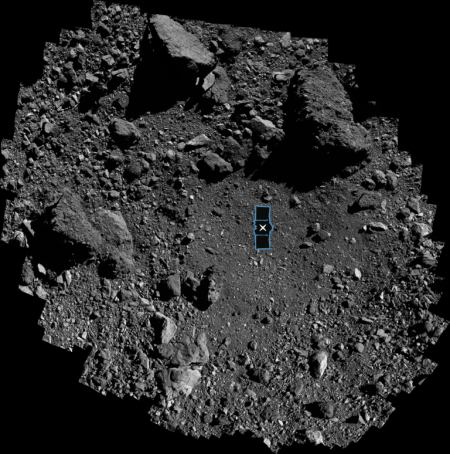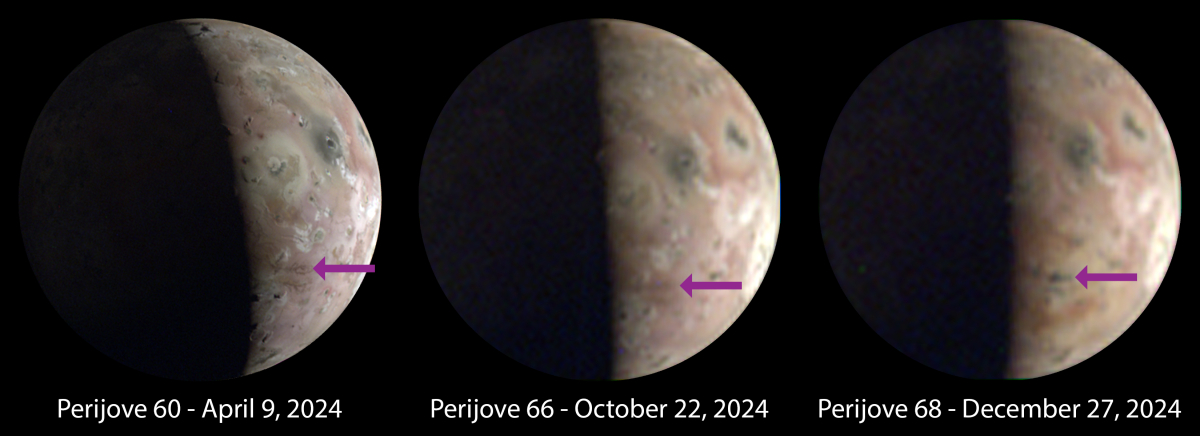Is SpaceX routinely stiffing its outside construction contractors in Boca Chica?
According to an article today in the San Antonio Express-News SpaceX has been routinely not paying its bills to construction contractors hired by it to build things in Boca Chica, and almost three dozen have had to file liens against the company to get their money.
A San Antonio Express-New review of Texas property records found at least 29 contractors — and six in San Antonio — have filed 77 liens against SpaceX since March 2022. Their total value is up from $2.5 million in May. Since then, SpaceX has settled at least six liens but gained another 44.
Though it’s unclear whether the money is owed by SpaceX, its general contractors or subcontractors, landowners are ultimately responsible for unpaid construction bills on their properties under Texas law. The liens are a legal mechanism for contractors and suppliers to secure their claims.
The article admits repeatedly that its information is incomplete, and that many of these liens might already be settled. It also admits that the failure to pay might not be by SpaceX, but as landowner with the most money, it is the biggest target capable of forcing payment by others.
It is also likely, with the amount of work and expansion that is going on at Boca Chica, such liens are somewhat expected, especially because they seem to be a relatively small amount compared to the billions that SpaceX is spending in the area.
Thus, though the article appears to suggest SpaceX is a deadbeat company, it also appears the article might also be part of the propaganda press’s effort to slander Elon Musk wherever it can.
Regardless, if SpaceX is behind in paying its bills, it needs to fix this issue now.
According to an article today in the San Antonio Express-News SpaceX has been routinely not paying its bills to construction contractors hired by it to build things in Boca Chica, and almost three dozen have had to file liens against the company to get their money.
A San Antonio Express-New review of Texas property records found at least 29 contractors — and six in San Antonio — have filed 77 liens against SpaceX since March 2022. Their total value is up from $2.5 million in May. Since then, SpaceX has settled at least six liens but gained another 44.
Though it’s unclear whether the money is owed by SpaceX, its general contractors or subcontractors, landowners are ultimately responsible for unpaid construction bills on their properties under Texas law. The liens are a legal mechanism for contractors and suppliers to secure their claims.
The article admits repeatedly that its information is incomplete, and that many of these liens might already be settled. It also admits that the failure to pay might not be by SpaceX, but as landowner with the most money, it is the biggest target capable of forcing payment by others.
It is also likely, with the amount of work and expansion that is going on at Boca Chica, such liens are somewhat expected, especially because they seem to be a relatively small amount compared to the billions that SpaceX is spending in the area.
Thus, though the article appears to suggest SpaceX is a deadbeat company, it also appears the article might also be part of the propaganda press’s effort to slander Elon Musk wherever it can.
Regardless, if SpaceX is behind in paying its bills, it needs to fix this issue now.











